Gardening Techniques: Which One is Right for You?
One thing I have learned with over 50 years of gardening experience is that one way of gardening doesn’t work for everyone. If you have a large space or a smaller area to garden, there is a garden solution for everyone. I was thinking about how many gardening techniques are used in the world and I wanted to share with you a few that I find interesting. Go ahead and read through this guide to discover which gardening technique may be right for you.
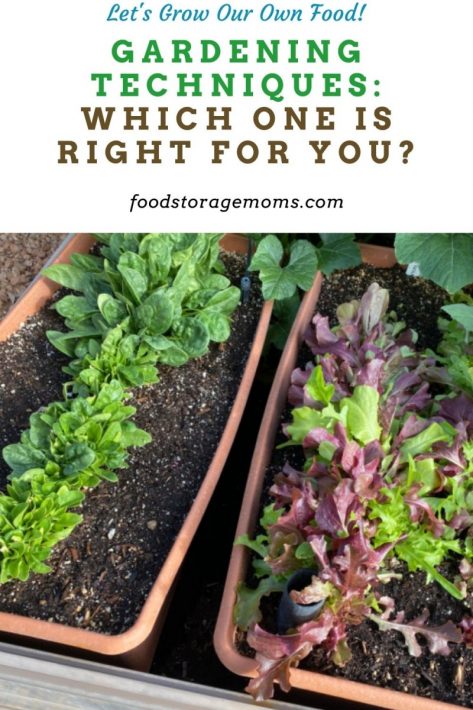
Core Gardening
Do you love gardening, but live in an arid climate that makes it difficult to grow things? Or maybe it seems that you are continually having to water your plants more than what you think is normal? Core gardening may be the right gardening technique for you.
For this one, you will build a raised garden bed, lay on top a few inches of soil, and then you’ll dig a trench down the middle of your garden (at least 8 to 10 inches deep). This is where you will add your core (straw) which will then work like a sponge.
Doing this will retain moisture much longer, and that will prove valuable as the plants used in your garden will need the moisture to germinate and grow. Cover the core with several inches of quality soil and then plant directly over it.
Keyhole Gardening
A keyhole garden is a raised garden bed that’s built with a circular design, including a path that leads to the center. This is what makes it resemble a skeleton keyhole. In the middle of the garden bed, there’s also a compost pile that’s held in place with a wire mesh “cage.”
The gardener will then water the compost pile, and then the nutrients and moisture will seep out into the rest of the garden bed.
This gardening method is ideal for drier areas, along with regions that don’t have great soil quality. In my opinion, it’s one of the best techniques to use that will give you a greater crop yield than what traditional gardening would ever be able to do.
Conventional Gardening
Conventional gardening is becoming less and less popular these days, especially because more gardeners are making the switch by choosing to go organic.
Some of my readers may frown upon me even mentioning this gardening practice, but it’s a gardening technique nonetheless. This one uses pesticides and chemical fertilizers to handle pests and weeds. This means less time and labor for the gardener as they tend their plants during the growing process.
Organic Gardening
When you choose to do organic gardening, you are choosing to garden without any fertilizers or pesticides. In 2021, more people are choosing an organic approach and that is okay! Instead of using chemicals that are made by man, someone may choose to use a more natural form of weed and bug treatments.
Straw Bale
Are you someone that doesn’t like to get your hands dirty? With this gardening technique you won’t be required to do any tilling in the dirt. Instead, you will plant your crop seeds or starters directly into straw bales.
Keep in mind that when using this method there is a conditioning period where you will have to wait before you start planting. But once your straw bales are ready to go, you’ll notice that you won’t have to water or fertilize as often. Here’s how to condition your bales and more on starting a straw bale garden.
Biodynamic Gardening
If you are thinking you’d like to try out a different and unique gardening technique, then Biodynamic Gardening may be the approach you’re looking for. This type of gardening is thanks to scientist Dr. Rudolf Steiner. The approach behind this garden is that the entire garden is a whole, living organism. All elements of the garden include:
- The spirit of the place
- Field
- Compost
- Forest
- Animals
- People
- Plants
Each element is nurtured and harmonized. When someone is doing biodynamic gardening, they are focused on the garden as a whole.
When is the best time to water plants?
Lasagna Gardening
Not to get your hopes up, but you will not be growing lasagna in this garden. This is one of those gardening techniques that isn’t what you are growing, but how you are growing things within your garden. With lasagna gardening, you will add various layers (like lasagna) of organic materials that will break down over time. When you use this technique, you are getting a garden that has nutrient-rich soil. The very best soil is going to help your plants and veggies grow like a dream.
Hydroponics
I feel as though the word hydroponics is a fancy word in the gardening world that most of us don’t know much about, but it’s not really. This gardening technique is very popular because you are growing plants without any soil. Instead, you use various materials to help support the root of the plant. To put it very simply, you are using water to grow crops in water that is nutrient-rich.
Square Foot Gardening
Are you looking for new gardening techniques? Square foot gardening may be for you! Essentially, you are going to create a small organized garden. The most traditional place to grow produce in square foot gardening is (4 feet by 4 feet, or 4 feet by 8 feet). You are going to create 1- foot squares within the garden.
Matt’s Garden
Matt sen me pictures of his garden. He cut barrels and they are rocking with vegetables! I LOVE LOVE LOVE this picture.
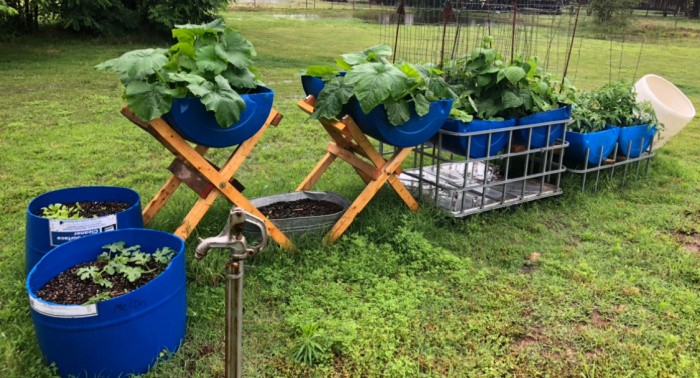
Other Forms of Gardening Worth Checking Out:
Perhaps the best part about gardening is that there are many forms or options, depending on your specific circumstances. You don’t have to choose only one of these gardening techniques. You can try a few out, just to see which one works best for your garden and lifestyle.
Final Word
Some people will say that gardening isn’t right for them. But, what if it is? One of these gardening techniques is bound to work for you. The big question is: which one is right for you? Use this guide as a way to help you figure out which technique will help YOU grow the best garden possible. May God Bless this world, Linda.

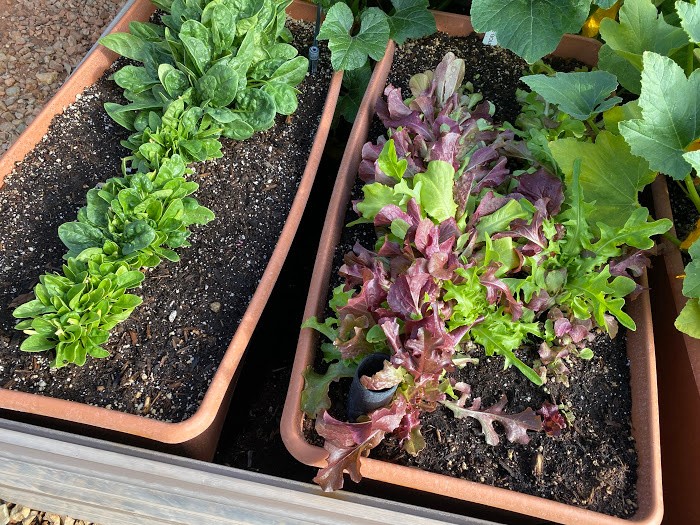

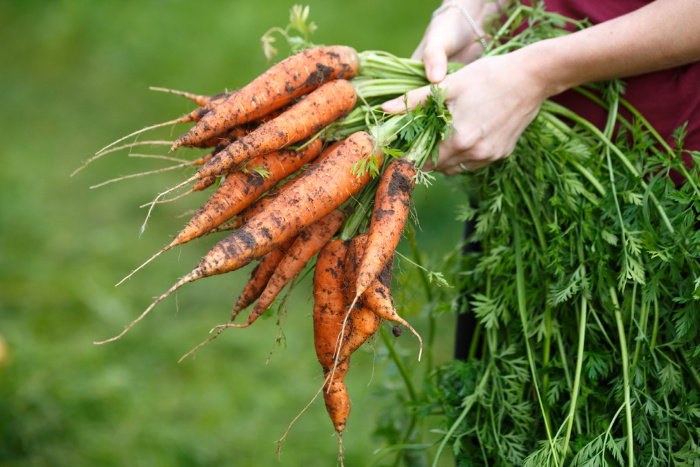
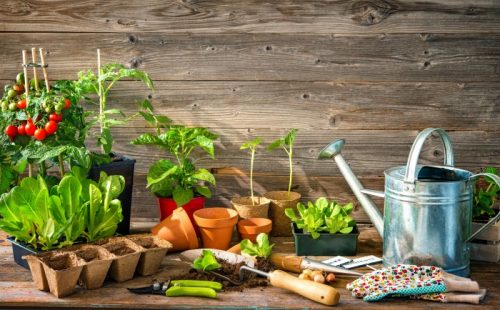
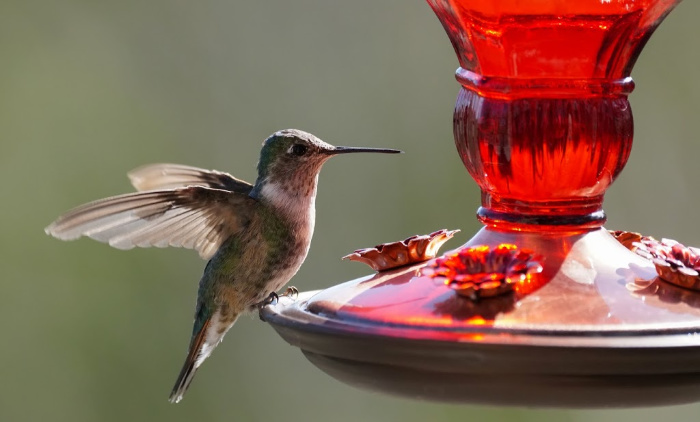
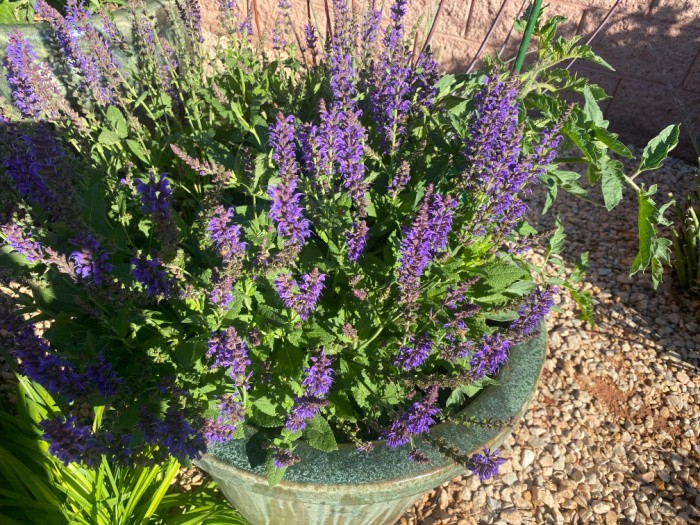
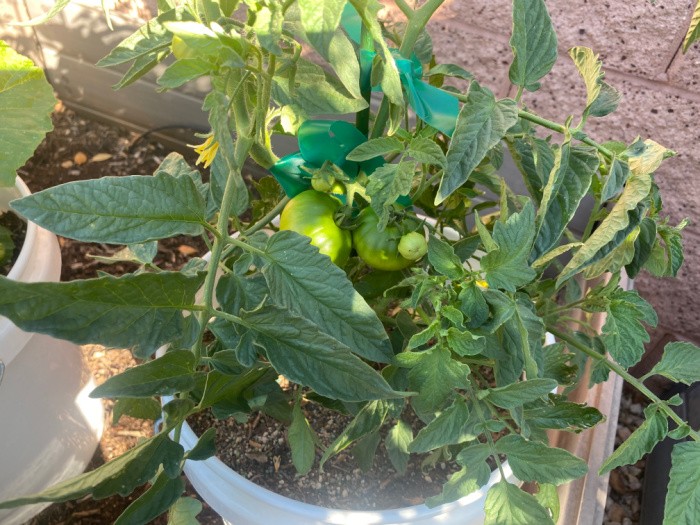
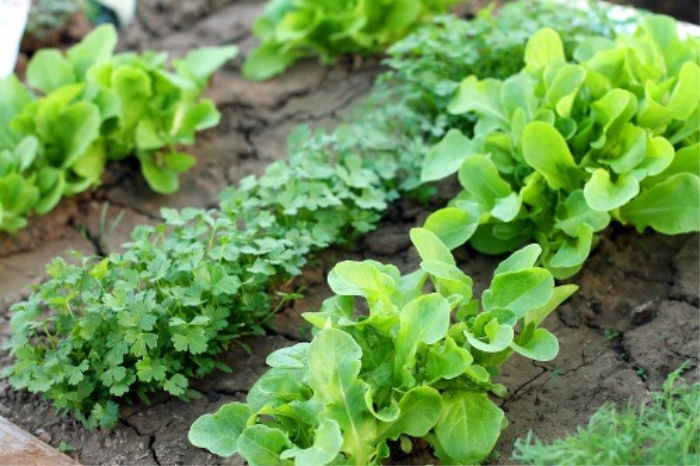






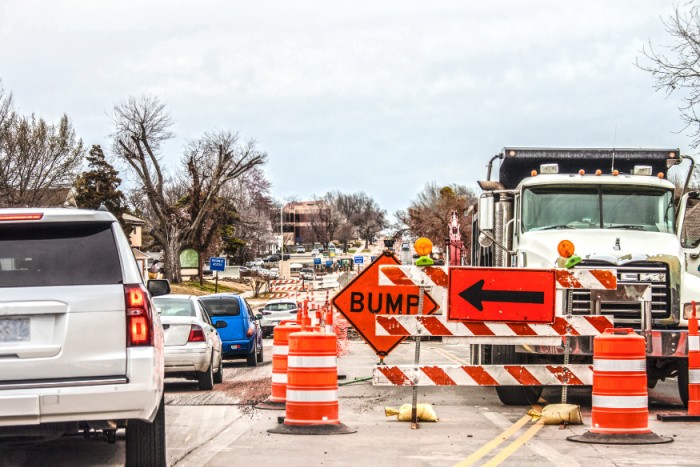
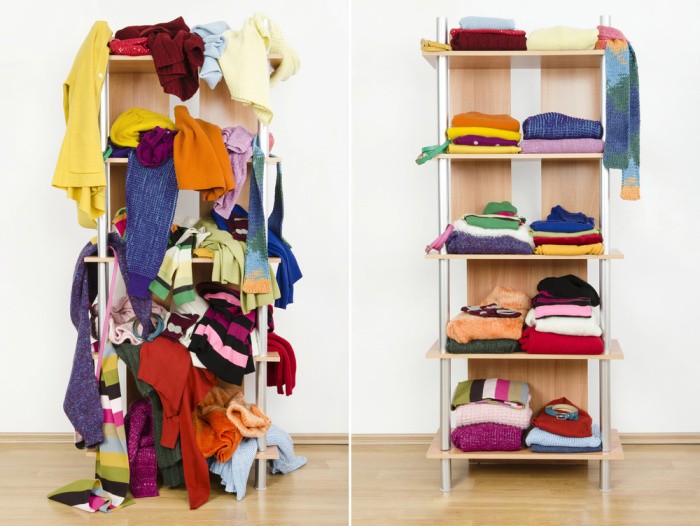
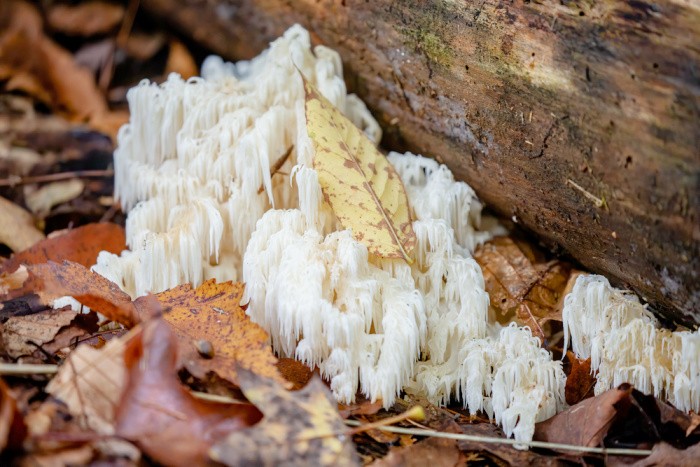
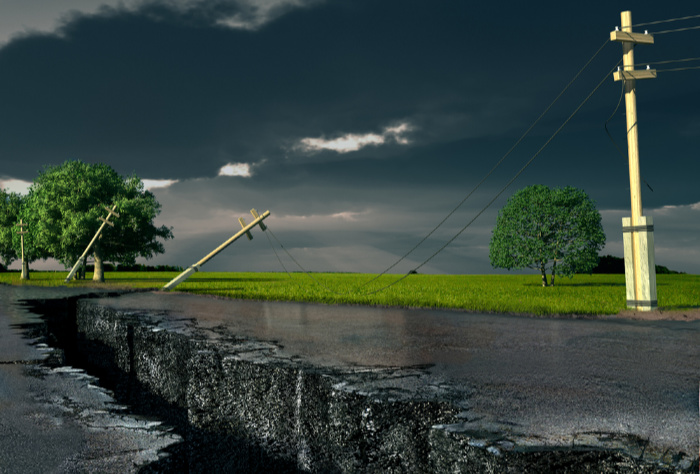




I’ve done several of these all with pros n cons. I’ve got a raised bed from plastic barrels going good this year. It was a roughy start with the weather. Some of it is for chicken feed. I’ve even got a small 2×2 patch of winter wheat growing in the backyard lol. It came up from some chicken scratch and I let it grow and just mow around it. I’ll harvest it in bout another week. Feed some keep some for seed.
I think it’s important to get one going no matter what. It’s not too late this year.
Hi Matt, I love your blue barrels, that was a great idea! Wow, the winter wheat, this is awesome! I’m going to add your blue barrels to the post if that’s okay. I agree it’s not too late, we have to learn to garden. I want people to know anyone can grow their own food, one plant at a time. I will add your pictures when you give me the okay. Linda
I like how you raised some of your barrel gardens up to avoid having to stoop when planting, weeding or harvesting.
Here in the desert, where we have rock and caliche instead of soil, raised beds rule–and I now wish I’d raised mine up so I didn’t have to do a bunch of stoop labor.
I’ve heard it said that the best time to learn to garden was thirty years ago and I agree. I’ve been at it my entire life and I’m still learning–but it’s never too late to begin.
Thanks. The ones on the ground are melons which will vine out to the ground. The other is lettuce which is just for the chickens. I walk by grab one and just go. The white is potato which has come up yet.
I’ve got squash, zucchini, green beans, cucumbers, bell peppers and tomatoes growing.
The only weeding I’ve had to do was some helicopter seeds from trees.
The one set of stands in a beat up IBC tote cage I cut and will also act as trellis. The other wood frames fold up like TV trays.
I wrote in sharpie on the blue barrels what was what when I started.
Yeah learning was easier back in the day but I don’t wanna quit neither
Gardening is turning out to be challenging this year due to wild temperature swings. Less than two weeks ago I had to cover plants so they wouldn’t be damaged by low temperatures under 40 degrees. Today and tomorrow we are getting high temperatures up to 97 degrees! I hope it doesn’t ruin my cool season crops like lettuce and peas that are still growing. We are also getting a lot of unusual wind. It took 3 attempts to get my cantaloupe seedlings (which have to be grown inside and transplanted outside mid May when it no longer freezes to get a crop) to live. I hope they make it through this heat. Very strange weather that has to be watched closely!
Hi Kay, I agree, the weather has been crazy. Make sure you have some row covers, they work, I used them all winter. BUT, my weather rarely goes below 14 or 15 degrees at night. I used to grow cantaloupe but have not grown it here in the desert. Fingers crossed you have some good weather. Linda
Shade cloth can help keep your cool weather crops from bolting if the temps remain high. It can also help with wind. We are going to hit 100 tomorrow and Saturday and I’m putting up shade cloth to keep my lettuce from bolting–even though Jericho Lettuce is heat tolerant.
Absolutely LOVE Matt’s pic of his garden! I’ve lived in an apartment for 9 years since my divorce. Reading your newsletters has made me to finally start container gardening this year, no more excuses or just thinking about it haha
Starting simple w herbs, tomatoes, peppers, cucumbers & zucchini just need a couple more herbs & in process of getting more inexpensive containers. Even if they all aren’t a success, it’s a learning process.
Have an awesome day!
Karen buckets work great too. I just drill a few drain holes, gravel in bottom and soil. You’ll enjoy it I’m sure.
Hi Karen, thank you for your kind words!! The thing I learned about doing the 5-gallon buckets is that they have to be watered every single day. Is it because the temps are over 90 degrees, maybe?? I just water them every single morning. I learn something new every single year. If you plant some flowers nearby they will bring the bees to help pollinate. It’s still the best thing in the world when you see that first red tomato! Have fun! Linda
I have to say that Square foot gardening is best for us. One year when we had a huge garden, we did it Square foot style, but in rows. We planted 2 rows of green bean and two rows of purple hull peas. I canned 97 pints of green beans. And about the same in purple hull peas. And we froze some and gave them away. We also grew squash and potatoes, and so many other things. Needless to say, we did a lot of canning that year. I even canned some for my Sis-in-law. And gave canned good to my children, with the understanding that I got the jars back. I didn’t get them all back though. :^(
Hi Deborah, oh yeah, I remember those days, I want the same jars back! LOL! I love canning green beans, they are the best! Love it, Linda
How long were your rows of green beans? That sounds like a wonderful harvest!
This year I have my garden in huge flower pots and buckets. So far everything is working great. My zucchini is
so big just waiting for the blooms, my eggplant is looking good too. I have cucumbers in a long plastic flower
pot and have it by my handrails on my back deck, hoping it trails along the handrail. My lettuce is done for the Spring
trying to figure out what to plant in the planter next. This works great for my knees and back, limited bending.
Hi June, I love hearing you are gardening in pots and buckets! Where there is a will, there is a way! My lettuce is coming to an end as well. It’s getting really hot here. The cucumbers growing on the railing would look awesome!! I love it! Linda. P.S. The bending, yeah, not fun!!
Wow! Thank you for sharing your gardening techniques. This really means to us who are looking for more gardening tips and hacks. Keep sharing more blogs like this. It’s really helpful.
Hi Arthur, thank you for your kind words! I LOVE LOVE LOVE to garden! Linda